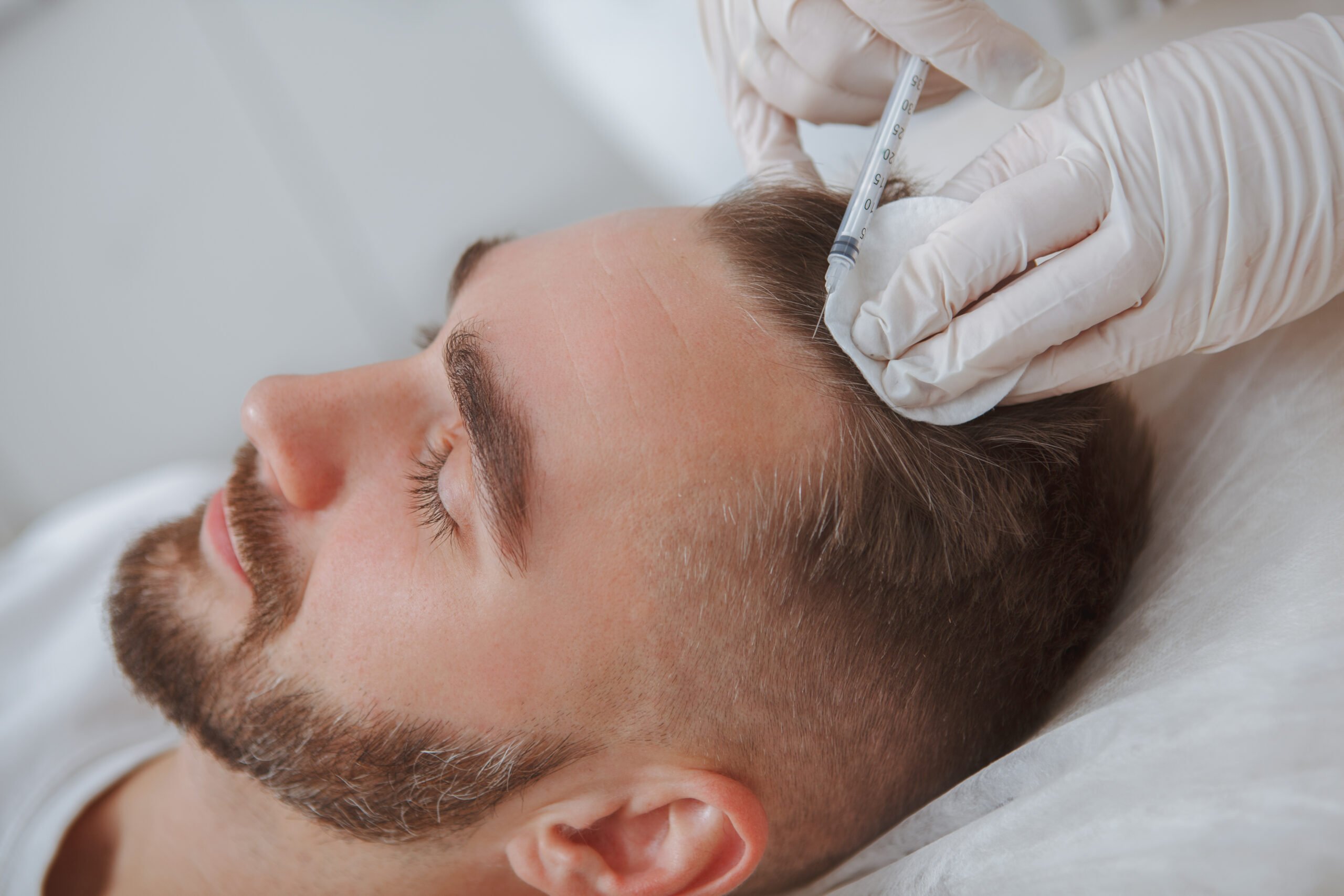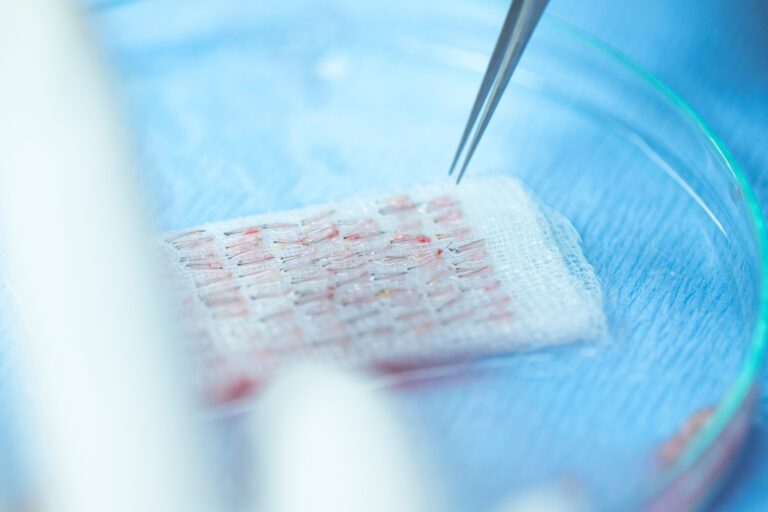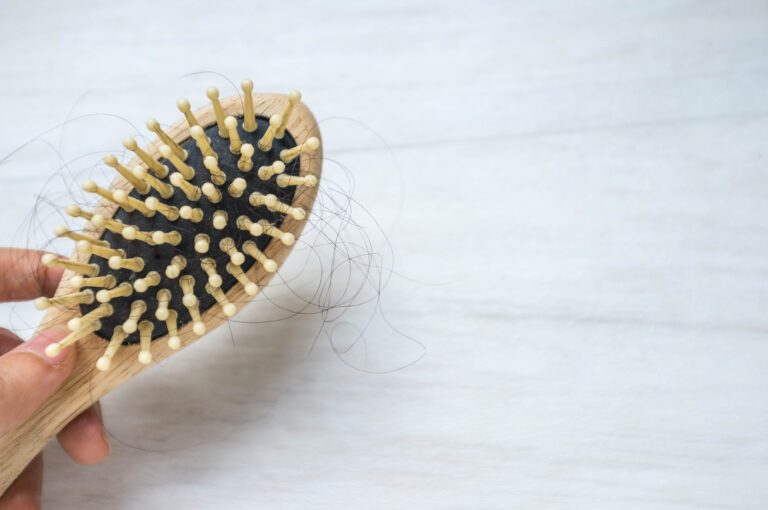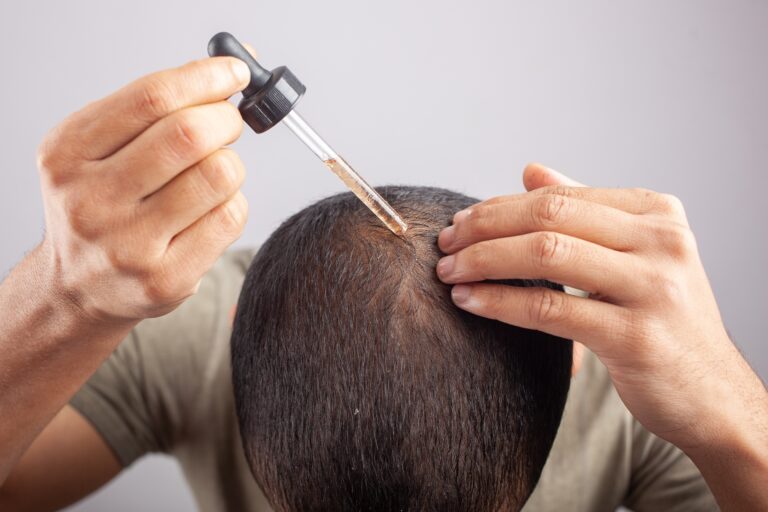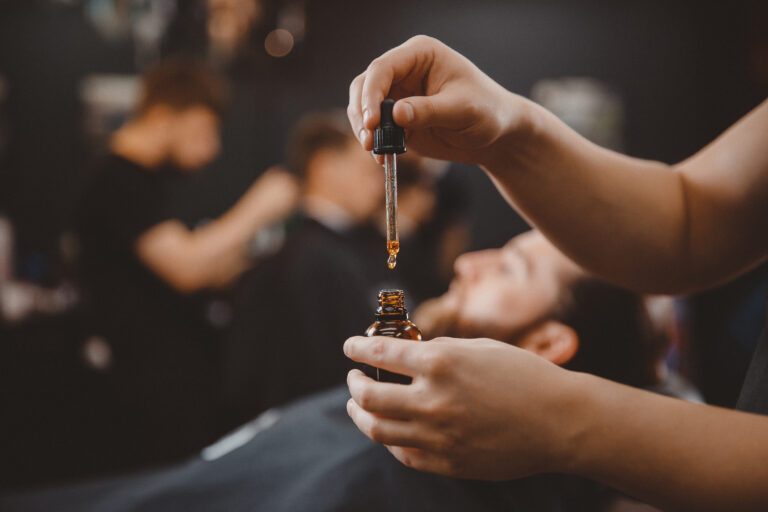Everything You Need to Know About PRP vs PRF for Hair
When it comes to dealing with hair loss and baldness, there are other options than a hair transplant.
For those wanting to avoid surgery, you can use your own body’s elements to heal and grow your hair to be more beautiful than before.
Among the most common treatments, we have PRP and PRF taking the lead. So, to help you make the best decision, we’ll do a quick PRP vs. PRF for hair competition.
We’ll go over how the procedures differ, explain the key distinctions between each one, and give you tips on which one to choose. Let’s start!
Preparation and Composition
One of the first noticeable differences between both treatments is how they’re made and applied to the affected areas. So, let’s start our comparison with a quick overview of both:
PRP Hair Treatment
One of the most popular hair loss treatments today is platelet-rich plasma (PRP). You can get PRP treatment almost anywhere around the world from Turkey and Poland to Colombia and Mexico!
When you head to a professional clinic for your session, the first thing they do is draw about 10 to 60 milliliters of blood from you.
Once the nurse or professional with you has the blood, they cleanse you and place the blood in a tube in a centrifuge. The tubes usually have anticoagulants inside to prevent the blood from clotting.
After about 10 minutes in the centrifuge, the blood splits into three different layers:
- platelet-rich plasma
- platelet-poor plasma
- Red blood cells
When it’s ready, the professional at the clinic draws the blood into a syringe and injects it into the affected areas on your scalp.
PRF Hair Treatment
Unlike PRP hair treatments, platelet-rich fibrin (PFR) isn’t as widely known. This is because, in a way, it’s considered a second-generation technology derived from platelet-rich plasma (PRP)!
Now, the way this process works is very similar to PRP. It starts with one of the professionals drawing blood from you to use in the process.
After that, they place the blood in a tube, insert the tube in the centrifuge machine, and let it spin for at least five minutes.
Now, you’d think that, so far, both processes are similar. However, the most significant difference starts with the small tubes!
The ones used for PFR don’t contain anticoagulants inside, meaning the fluid inside will turn into a gel-like substance.
Essentially, the red blood cells form a separate layer from the growth factors plasma. Finally, the clinicians inject the substance into the affected areas.
This means you’re not only getting platelet-rich plasma but essentially everything but the red blood cells.
The Key Differences Between PRP and PRF
Besides the procedure, there are a couple more differences between PRP and PRF, including the following:
1. Platelet Number
While both treatments use your blood to create the healing materials, there are some stark differences, especially the platelet number.
Because of the high spin rate of the centrifugation machine, the blood splits into layers, leaving the professional to utilize platelet-rich plasma that helps with healing and regrowing.
However, because the clinicians have to separate the layers and use anticoagulants, the number isn’t as high as PRF.
With PRF, the centrifugation machine spins more slowly to retain a higher concentration of platelets and preserve fibrin, white blood cells, and stem cells.
This means the final product contains more platelets, which can encourage the healing and hair regrowth process.
2. Sessions Frequency
Another difference between both treatments is how often you should go in to get the best results.
PRP and PRF follow a similar schedule with around three to four sessions spaced every four to six weeks.
However, the difference isn’t in those sessions but in the following maintenance ones. Usually, patients go in for another couple of sessions a few months after finishing the treatment.
With PRP, this means at least one session every 4–6 months. On the other hand, with PRF, the duration between maintenance sessions can be longer, often extending beyond six months.
This variation is primarily due to the different mechanisms through which PRP and PRF release the growth factors and enhance healing.
3. Cost
Finally, one of the most prominent differences between both treatments is their price tag. PRP treatments range from $500–$2500 per session!
The exact price varies according to geographic location, the clinic’s quality, and your needs. As for the PRF treatment, finding a specific price range can be tricky as this treatment is also used for different medical and cosmetic purposes beyond hair restoration.
However, you’ll need to prepare to pay anywhere from $1000–$5000, making PRF significantly more costly than PRP.
Which One is Best For You
Deciding if PRP or PRF is the better choice can be challenging as it depends on several factors. Here are the main ones to keep in mind:
1. Your Needs
Before making your choice, take a good look at your scalp and assess the extent and severity of the hair loss.
PRP can be beneficial for early-stage hair loss, as it can stimulate hair growth and strengthen existing hair follicles.
As for PRF, it might be better suited for more extensive hair loss or when seeking more comprehensive tissue regeneration.
This is because of its sustained release of growth factors and additional components like white blood cells and stem cells, which can help build a more robust foundation for regrowth and healing.
2. Desired Results
Ask yourself: what are you looking for after you finish the treatment?
If you’re looking for a quicker initial response with hair growing back to cover light spots, PRP might be the best answer.
The quick release of the growth factors can stimulate hair follicles to enter the growth phase early on, offering noticeable changes in hair density and strength.
This can be particularly appealing if you want to address small, thinning areas or have an event soon and want to boost your confidence before it.
On the other hand, if you’re aiming for more than just hair growth but also long-term improvement in hair and scalp health, PRF might be more suited.
It’s a bit slower when releasing the growth factors, but it contains more than just platelet-rich plasma, which can provide a more comprehensive tissue regeneration.
3. Current and Future Budget
As mentioned, PRP is generally less expensive than PRF, making it more available to the public.
Moreover, you can find it at more budget-friendly options worldwide, like Turkey and Poland, where the sessions can range from $100–$250.
Hence, the main treatment sessions and the future maintenance ones are more affordable.
This stands in stark contrast with PRF, where the session can cost over $500, and the treatment isn’t as widely available.
Quick Recap
When it comes to PRP vs PRF for hair loss, the choice isn’t an obvious one. PRP has been around for ages, and people travel around the world to get the procedure done.
However, PRF is, in a way, the more advanced version of PRP. The procedure not only guarantees hair growth, but also offers a rich composition that contains platelets, white blood cells, stem cells, and fibrin.
So, how do you choose between them? Assess your current needs, future expectations, and budget. Once you’ve mapped out these elements, you’ll know the best treatment for you!

